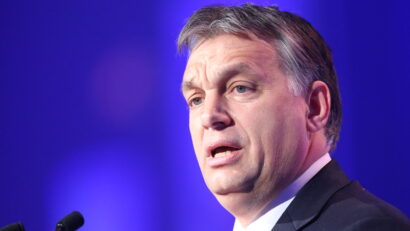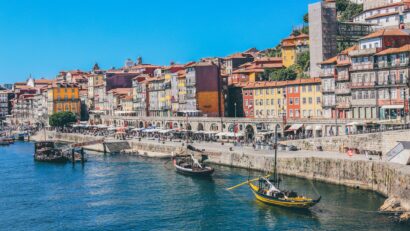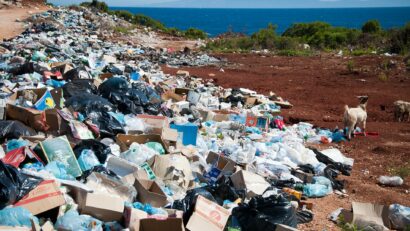
Investigative platform uncovers: Orbán finances anti-immigration advertising in 7 EU countries
The Hungarian non-profit organization “Direkt36” has proven the importance of investigative journalism: it has uncovered that Viktor Orbán has financed xenophobic online advertising – in the Czech Republic, Poland, Slovakia, Italy, Austria, Germany, and Belgium. Was Orbán trying to influence elections in other EU countries? Evaluations by the “Google Advertising Transparency Center” also point to this.
In autumn 2023, the cabinet office of Hungarian Prime Minister Viktor Orbán apparently placed video advertisements with inflammatory anti-immigration statements on YouTube. The explosive thing about this is that the ads were not only shown in Hungary, but also in seven other EU countries. The xenophobic videos were distributed in the Czech Republic, Poland, Slovakia, Italy, Austria, Germany and Belgium.
This was reported by the Hungarian investigative platform “Direkt36“. Together with VSquare.org, they found out that these ads were viewed between 8 and 9.7 million times by users. This allowed them to draw public attention to Orbán’s alleged election interference.
Did Orbán’s ads influence elections in other EU countries?
At the time the ads were placed, there were election campaigns in four of the seven countries. Slovakia and Poland elected a new parliament in the fall, while Germany and Italy elected new representatives on the municipal level. The advertising placements in Slovakia were particularly intensive. They were displayed between 1.6 and 1.8 million times on screens there. Theoretically, the campaign could have reached around a third of the entire population. The Slovakian government has already reacted to the possible influence:
“As a government and personally as Minister of Defense, I have been informed about the interference of the Hungarian government in the Slovakian electoral system and processes. This also includes the deliberate highlighting of issues such as migration, which was a top priority,” said Jaroslav Naď, Slovakian Minister of Defense from 2020 to May 2023.
The importance of investigative journalism during elections
The content of the promotional videos incites fear of refugees and is reminiscent of videos by the Alt-Right. They were produced in English and can therefore be understood by most of the European population. The suspicion arises that anti-immigration sentiment is being promoted in seven EU countries.
It remains to be seen how this should be dealt with. If Hungary really wanted to influence elections, then extreme caution is required in the EU elections. The work of investigative platforms such as Direkt36 and VSquare is therefore essential for the election campaign period in the upcoming months. Because at a time when we can expect a swing to the right in the European Parliament, only the early exposure of such scandals can ensure fair elections.
This work is licensed under the Creative Common License. It can be republished for free, either translated or in the original language. In both cases, please cite Kontrast / Lena Krainz as the original source/author and set a link to this article on Scoop.me. https://thebetter.news/orban-influences-elections-eu/
The rights to the content remain with the original publisher. Läs mer…



